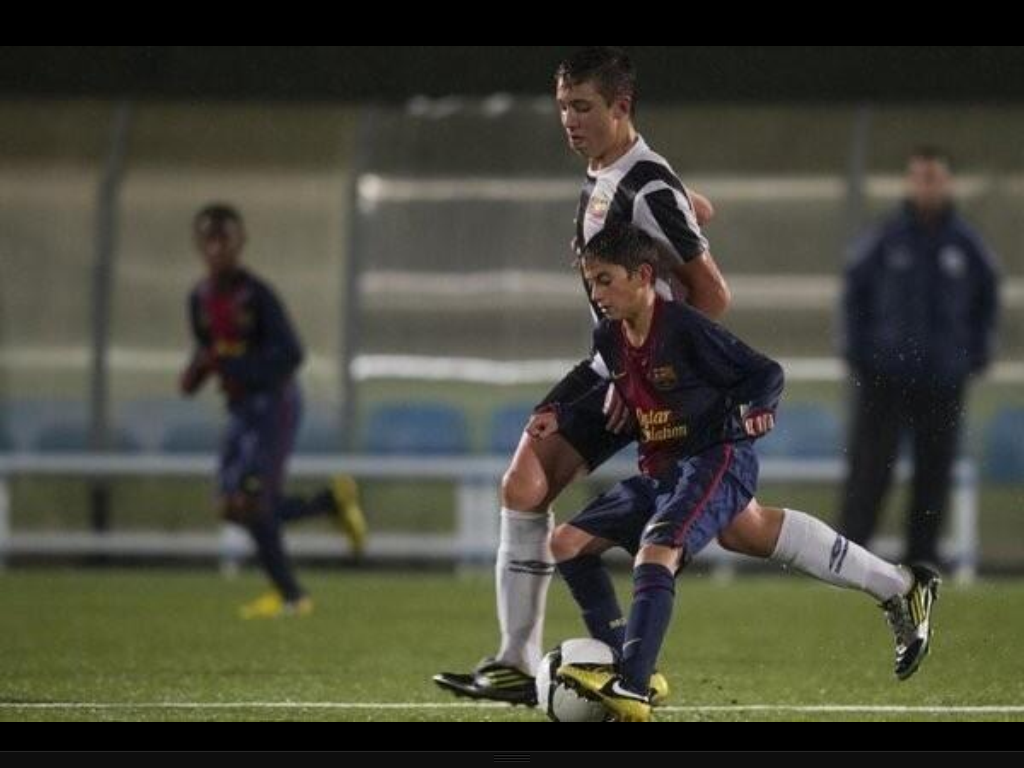This is the second part of a study conducted by: Laura Finnegan O’Halloran a Lecturer in Sport Management and Talent Development in Waterford I.T, MA in Sport Psychology and currently undertaking a PhD on organisational structure and practice in Irish football (with Liverpool John Moores University).
Laura has done this study in partnership with Liverpool John Moore University with Dave Richardson, Martin Littlewood and Mark Nesti. All of which have significant experience in youth development and identifying and managing critical transitions within youth football.
What influences what we play?
Lots of sociological and environmental factors influence what and how we play, all worthy of a blog in themselves (e.g. culture, environmental issues, what your parents/family played, socioeconomic factors, peer influence, gender, ethnicity, education)…all in good time. Place of birth is another factor that can influence not only what we play but how likely we are to succeed in that sport. As in the example above, where you are born can dictate what sportyou’re likely to play (it will generally be the sport that’s valued in that setting, your school values it and wants to succeed in it so resources are found for it, clubs have a stronghold in the community, your parents/extended family/local role-models played it (often down to the specific position you want to play… I’m looking at you goal-keepers from Donegal!!) and can influence how successful you are (and organically drive these ‘hothouses’ of talent development, like the Skibereen rowers or NI golfers).
Studies have looked at the birth place of professional athletes, analyzing athletes according to whether they were from large cities right down to those being from small rural areas. Those that were from small cities were most likely to make it into the professional game, but results depended on the context. There seems to be a sweet spot of the ideal size of a development area, where there are enough quality coaches, resources, teams, structures and opponents, balanced with being compact enough to develop relationships/socialise into particular sports, allow for informal play on streets/green areas, get enough game time and not be overlooked in favour of a larger cohort of earlier maturing players (see more about the Relative age Effect here https://talentdevelopmentinirishfootball.com/2017/06/27/relative-age-effect-in-irish-elite-youth-football/).
What does this have to do with Irish football?

Map of Ireland, showing population densities with FAI ETP centre locations
For those not familiar with Irish football, the Emerging Talent Programme is the primary talent development mechanism run by the governing body for football in the Republic of Ireland, the FAI. It has undergone some restructuring lately but at the time of research it consisted of 12 centres countrywide, where the players identified as most talented in the surrounding 32 leagues combine for extra training. The location of these centres can be seen by the FAI badges plotted on the map, along with the population density of the country.
I’ve looked at the county of birth for all of the ETP players over a 6 year period and analysed how likely you are to get onto the programme (compared to the relative populations). In the below map, the darker the county colour, the more likely a player is to make the ETP programme (ranging from A counties down to the more poorly represented E counties in white).
We are delighted to be able to blog her research and share it with you: You can read the rest of Laura’s article by going directly to her website Talent Development In Irish Football
-end
I always like to hear your opinions and views. If you feel you have something to say, please comment below or email me info@thecoachdiary.com If, you don’t have anything to add then please forward this on to a friend. As always, thanks for reading.
I’m also on twitter @Coachdiary and





